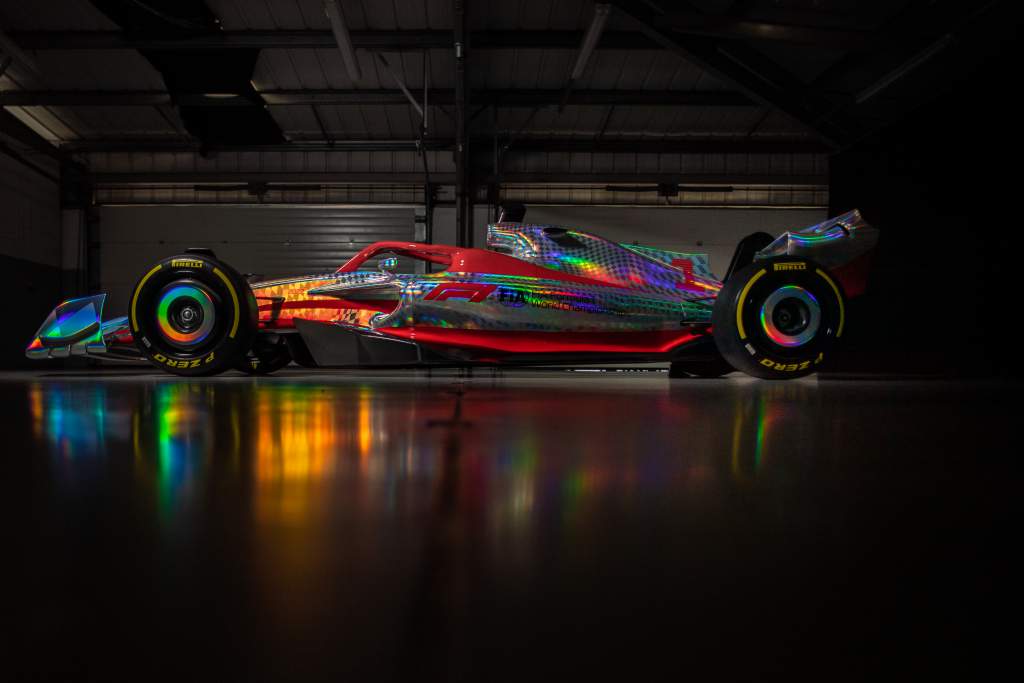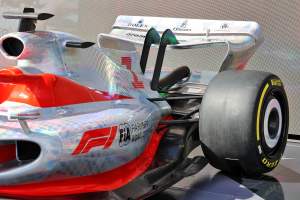Up Next

Formula 1’s drastic aerodynamic changes in 2022 are intended to dramatically improve what’s been dubbed the “raceability” of grand prix cars.
But these aren’t the only changes that will dictate the success of the new rules, with Pirelli’s new tyres for the switch from 13 to 18-inch wheelrims also crucial.
Pirelli has been set clear objectives in what’s referred to as the ‘target letter’. This is relatively short document that lays out a wide range of technical parameters in terms of the product Pirelli is expected to produce.
The key section of this is the priority objectives that are designed to allow drivers to push harder on rubber that is both less prone to overheating and temperature sensitive and conceived to create strategic variety.
This is something that the drivers have pushed hard for, with the Grand Prix Drivers’ Association playing a part in helping to frame the objectives along with the rest of F1’s stakeholders. But what exactly is demanded by the target letter?
“There are sections in order of priority and the first one is a list of targets that we agreed with the FIA, F1, teams and drivers,” Pirelli F1 boss Mario Isola tells The Race. “We put it in priority order.
“So the priorities are: first overheating reduction, second to have a wider working range, third to achieve a certain time [difference] between compounds and a level of degradation that is within a window to achieve a mix of strategies.
“This is the main section. Then, the second section is more related to corner stiffness, balance, weight distribution etc because the new cars are different. But they are more technical targets.
“Then there is another target, which is to reduce the blanket temperature for the next couple of years. So 70C next year [down from 100C this year], 50C in 2023. These are the main paragraphs of the targets.”
The 2022 tyres are close to being finalised, with the construction due to be homologated at the start of September and the compounds locked shortly afterwards.
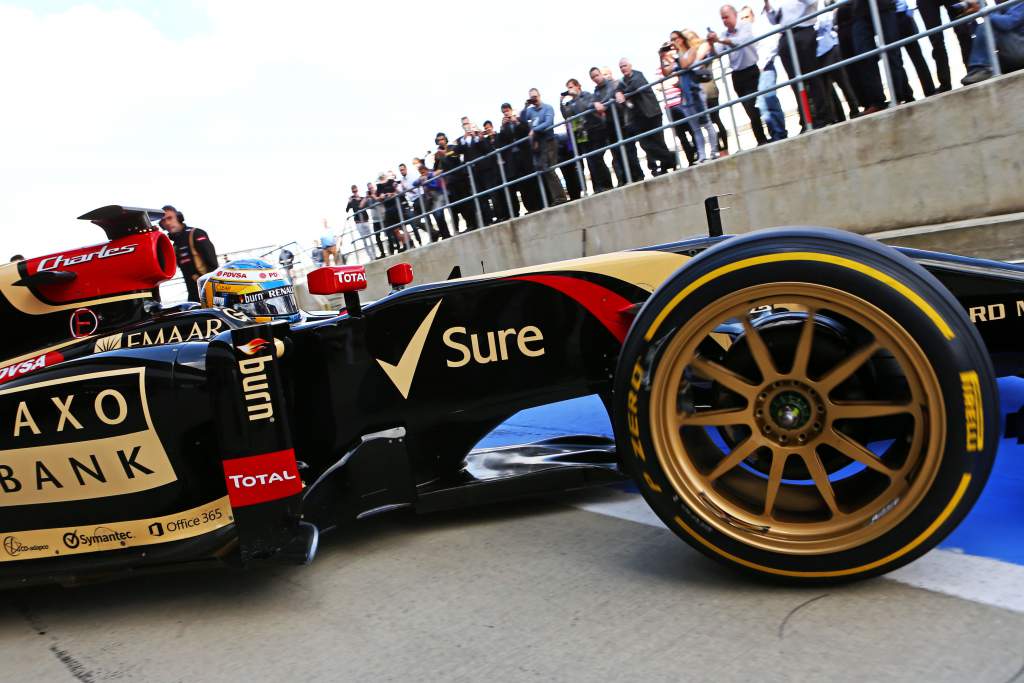
The on-track development process for these tyres stretches all the way back to 2014, when Lotus reserve driver Charles Pic trialled very early prototypes at Silverstone. This was at a time when there were plans that were subsequently shelved to switch to low-profile tyres in F1 in the middle of the last decade.
But with low-profile tyres de rigeur in the road car world, the switch to 18-inch wheelrims was inevitably part of F1’s major rules reset and testing started in earnest in September 2019.
Initially, this was for tyres to be introduced in 2021, only for the new rules to be put delayed a year in response to the COVID-19 pandemic. The testing has been done using F1 mule cars provided by teams designed to simulate the anticipated downforce levels and performance of the 2022 cars.
Based on the feedback from team and drivers, Isola is upbeat about the chances of Pirelli delivering. As he said when asked if he was confident of Pirelli achieving the targets, “this is what we have seen with our tyre testing”.
Hitting the target is so important for 2022 as the failure to do so would compromise the conditions the rules have been conceived to create. First and foremost, the capacity to follow rivals closely.
While the aerodynamic wake is a big part of this, it’s compounded by the fact this increases the amount the cars move around on the tyres, leading to overheating and the acceleration of thermal degradation. It also contributes to the extreme traffic jams that build up at the end of preparation laps in qualifying – although these are likely to continue to be a fact of F1 life even if they aren’t so severe.
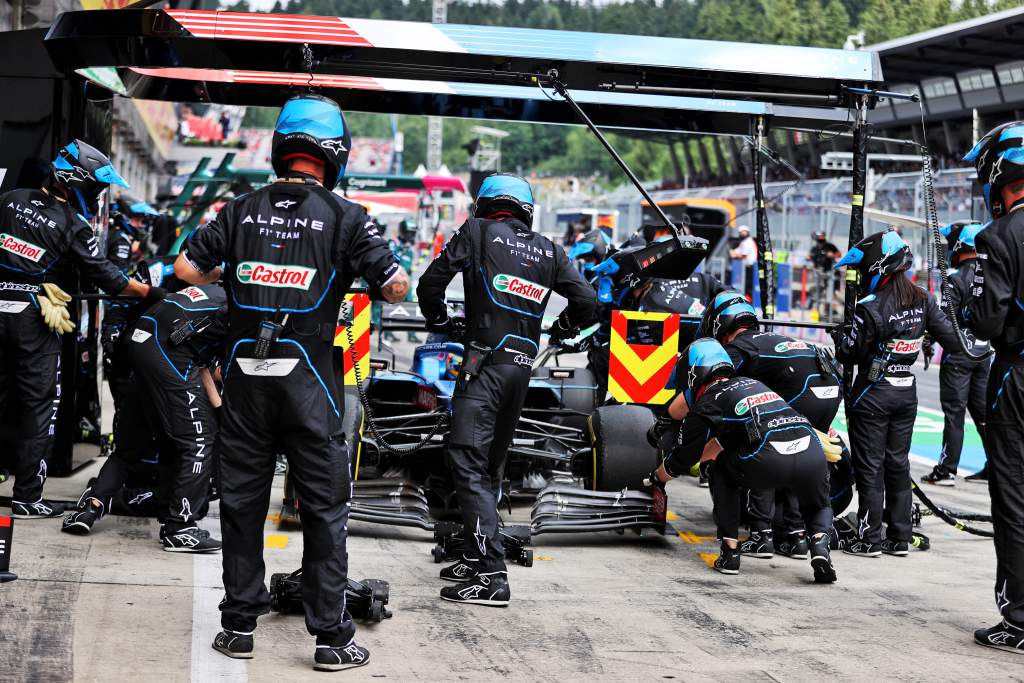
If the tyre overheating problems are reduced, drivers will be able to push harder and also suffer less when chasing a rival because the temperature spikes when the tyre slides across the track surface will be mitigated. If this objective is not met, then even if the aerodynamic turbulence is reduced by the new rules, the overheating problems will make it more difficult to overtake.
The wider working window will also help in these areas, ideally creating tyres that drivers can push on harder and longer. But it’s also important to understand that tyres are still governed by the laws of physics, so expectations have to be realistic.
“The way in which you operate the tyre is always dependent on the design of the car,” says Isola. “It is dependent on the set-up of the car and also the driving style. But the situation where in qualifying you need to manage the out-lap to be sure you arrive at the exact temperature in order to push for the fast lap is probably going to continue.
“Even if we design a tyre with a much wider working range, you always have a small peak of grip, it cannot be just flat for a big temperature window. In Formula 1, when you have 10, 12, 14 cars in few tenths of a second, you find any small advantage in the way in which you operate the tyre.
“But it will be easier because of the wider and flatter working range, because if you make a mistake, you are less punished.”
Inevitably, the true performance of the tyres won’t become clear until next year. The testing has been done using cars that are only an approximation of next year’s.
Time for @danielricciardo to get his first taste of the new #Fit4F1 2022 18-inch tyres with @McLarenF1. He continues where @landonorris left off yesterday at the @HungaroringF1. Let’s drive. @F1 @fia pic.twitter.com/OXhHwGnhIR
— Pirelli Motorsport (@pirellisport) August 4, 2021
While they are reckoned to be closer to the performance and downforce levels of the real 2022 cars than the mule cars used by Pirelli to develop the tyres for the high-downforce rule changes of 2017, they cannot be an exact match.
But there will be some hints before then. There will be a tyre test held after the season-ending Abu Dhabi Grand Prix where all teams – save for Williams, which has not produced a mule car – will be able to run together on the final specification of the tyres.
This will offer the chance to evaluate how temperature sensitive the tyres are in turbulence, something Pirelli hasn’t yet been able to evaluate – albeit still on cars that create a significant wake.
There is also the scope to make modifications to the tyres based on what is learned in that test even though the tyres will have been homologated. If there are any problems that need fixing, they need to be addressed then as pre-season testing will be too late to make changes given the manufacturing requirements for the early races of the season.
There are good reasons to expect the tyres to be a good step forward next year. The lower-profile tyres will be stiffer, meaning they should be less prone to failures.
But whether they deliver on the key targets of being less temperature sensitive, having a wider operating window and with rates of degradation and performance deltas that make for strategic variety, only time will tell.
“I’m confident because the data and the drivers are telling us this and I trust them a lot in terms of feeling there with the car,” says Isola of the tyres.
“We ask them to push during the various runs on the different prototypes because it was important to understand if they can push continuously and not just managing the tyres.
“We know that is not just managing the tyre, you have to manage the package, the hybrid system, sometimes the brakes and other stuff, but on tyre side we want to be sure they can push.
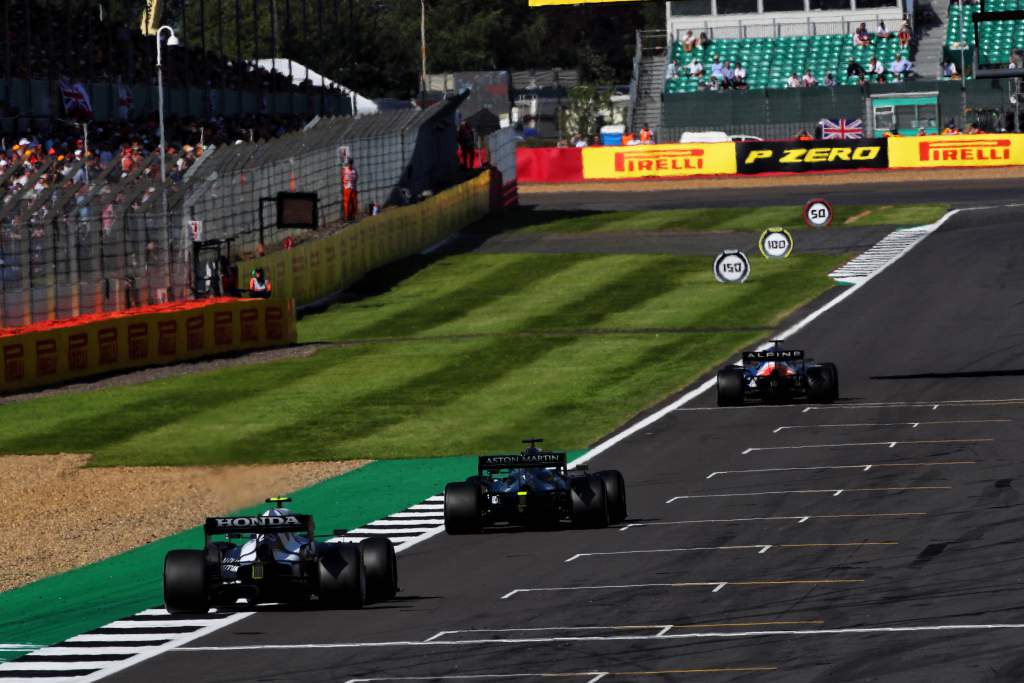
“The only element we cannot test is how they work in traffic because with our development test we have one or two cars, but we don’t have 20 cars on track.
“I’m confident the design of the new car with the new aero package that is not so affected by the slipstream of the cars in front will be a great help for the tyres because if they don’t lose downforce they don’t start sliding and overheating the surface of the tyre.”
There are many unanswered questions when it comes to the tyres, not least how relevant the mule cars are in the way the tyres behave under load given they are effectively part of the suspension system of the car.
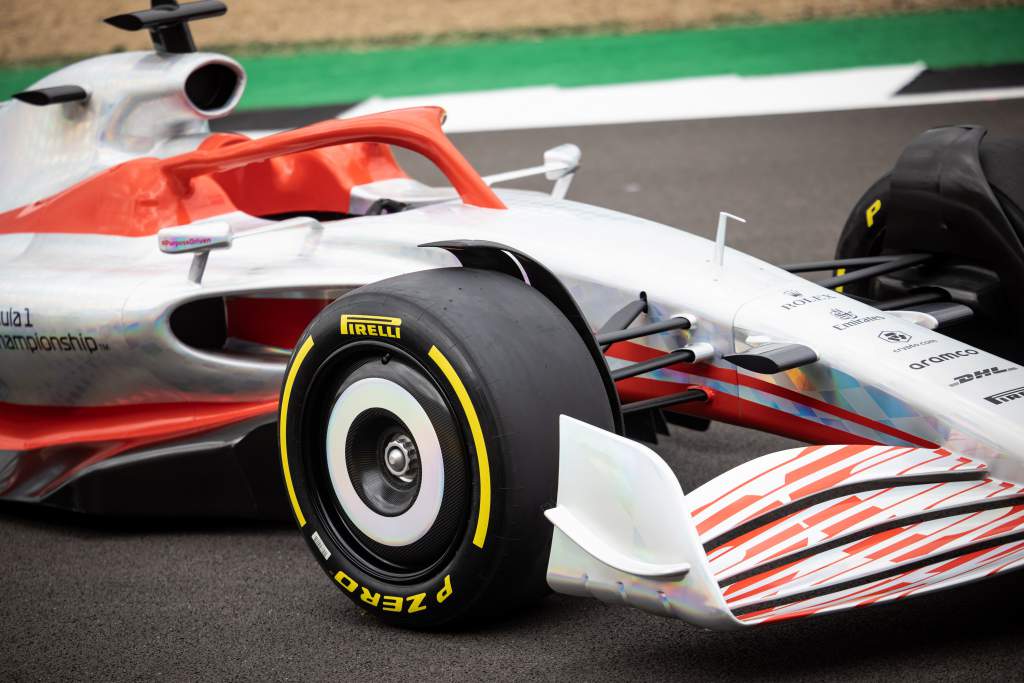
After all, with the lower profile, stiffer tyres there will be less movement in the sidewall, so it won’t be until this is experienced on a genuine 2022 car that this can be fully understood.
But given the constraints Pirelli has been working to, it does seem that the characteristics are going in the right direction.
The signs are promising for Pirelli. But it will only be in the early races of next year that F1 will discover how well the combination of the new cars and the new tyres works.
And if they don’t deliver, you can be sure that the drivers will be the first to make that very clear with their public statements.


